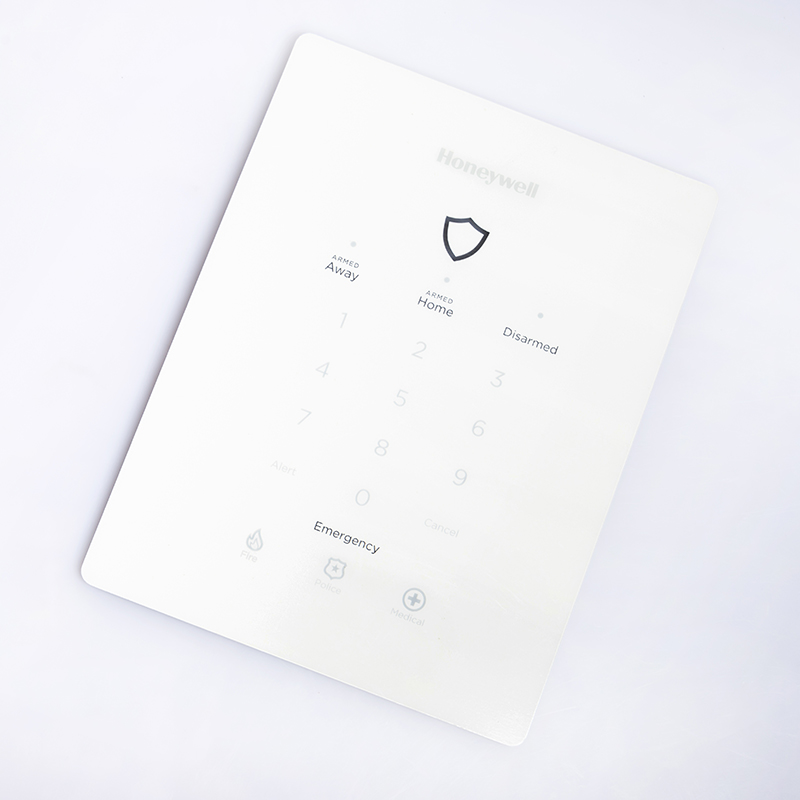Nameplate: A Versatile and Essential Identification Solution
Importance of Nameplates
Nameplates play a vital role in providing clear identification and information in diverse environments. They serve as visual markers that help individuals locate, identify, and understand various objects, products, or spaces. Whether it’s a machine in an industrial facility, a product on a store shelf, or an office door, nameplates ensure efficient communication by conveying essential details in a concise and visually appealing manner.
Types of Nameplates
There are several types of nameplates available, each with its unique characteristics and applications. Let’s explore some of the most common types:
3.1 Metal Nameplates
Metal nameplates are renowned for their durability and timeless aesthetics. They are typically made from materials like stainless steel, aluminum, or brass, offering resistance to harsh environments, extreme temperatures, and exposure to chemicals. Metal nameplates are commonly used in industries where durability, permanence, and a professional appearance are essential.
3.2 Plastic Nameplates
Plastic nameplates provide a cost-effective solution without compromising on quality. They are lightweight, versatile, and available in various colors and finishes. Plastic nameplates are widely used in commercial settings, such as retail stores, offices, and hospitality environments, where aesthetics, affordability, and customization options are important.
3.3 Engraved Nameplates
Engraved nameplates are created through a process where text or graphics are etched or engraved into the material surface. This type of nameplate offers exceptional durability and readability. It is commonly utilized in applications where the nameplate needs to withstand heavy usage, such as industrial equipment, control panels, or identification plates.
Applications of Nameplates
4.1 Industrial Applications
In industrial settings, nameplates are crucial for labeling machinery, equipment, and components. They provide vital information, including serial numbers, model details, safety warnings, and maintenance instructions. With their durability and resistance to harsh conditions, metal and engraved nameplates are often preferred in industrial applications.
4.2 Commercial Applications
In commercial environments, nameplates serve multiple purposes. They help identify products, provide branding and promotional information, and enhance overall aesthetics. Plastic nameplates find extensive use in retail, hospitality, and corporate settings, where customization options and visual appeal are important considerations.
4.3 Residential Applications
Even in residential spaces, nameplates have their place. Whether it’s displaying house numbers, apartment labels, or personalized signs, nameplates offer a touch of elegance and functionality. They contribute to curb appeal and facilitate efficient identification, making them valuable additions to homes and communities.
Design and Customization
Nameplates offer extensive design and customization options to meet specific requirements. Various fonts, sizes, colors, and finishes can be chosen to create a visually striking and informative nameplate. Logos, symbols, and graphics can also be incorporated to enhance branding and recognition. Manufacturers often provide personalized consultation to ensure the final design aligns with the client’s vision and purpose.
Benefits of Using Nameplates
The use of nameplates brings several advantages to businesses and individuals alike. These benefits include:
● Enhanced identification and communication: Nameplates make it easy to locate, identify, and understand objects, products, or spaces.
● Branding and recognition: Nameplates can display logos, symbols, and other branding elements, contributing to brand awareness and recognition.
● Durability and longevity: Metal and engraved nameplates are known for their durability, ensuring long-lasting performance even in demanding environments.
● Aesthetics and customization: Nameplates can be customized to align with the desired aesthetic and branding requirements, contributing to a cohesive visual identity.
● Compliance and safety: Nameplates can display important safety information and compliance details, ensuring adherence to regulations and standards.
Maintenance and Care
Proper maintenance and care are essential to ensure the longevity and readability of nameplates. Regular cleaning using non-abrasive methods and suitable cleaning agents helps preserve the appearance and legibility of the nameplate. It’s important to follow manufacturer guidelines for maintenance to avoid any potential damage or deterioration.
Conclusion
Nameplates play a vital role in providing clear identification, enhancing branding, and facilitating effective communication. Whether in industrial, commercial, or residential applications, nameplates offer durability, customization options, and a means to display essential information. By utilizing the right type of nameplate and maintaining it properly, businesses and individuals can reap the benefits of this versatile identification solution.
FAQs
1. Are nameplates only used for industrial purposes?
No, nameplates have a wide range of applications. They are used in industries, commercial establishments, and even residential spaces.
2. Can I customize the design of a nameplate?
Yes, nameplates offer extensive customization options. You can choose fonts, colors, sizes, finishes, and even incorporate logos or graphics.
3. How do I clean and maintain a nameplate?
Regular cleaning using non-abrasive methods and suitable cleaning agents is recommended. Follow the manufacturer’s guidelines for maintenance to ensure longevity and readability.
4. Which type of nameplate is suitable for outdoor use?
Metal nameplates, such as stainless steel or aluminum, are ideal for outdoor applications as they offer durability and resistance to weather conditions.
5. Can nameplates contribute to brand recognition?
Yes, nameplates can display logos, symbols, and branding elements, enhancing brand awareness and recognition.
Professional technical engineer dedicated to guide you
According to your actual needs, choose the most reasonable overall design and planning procedures
